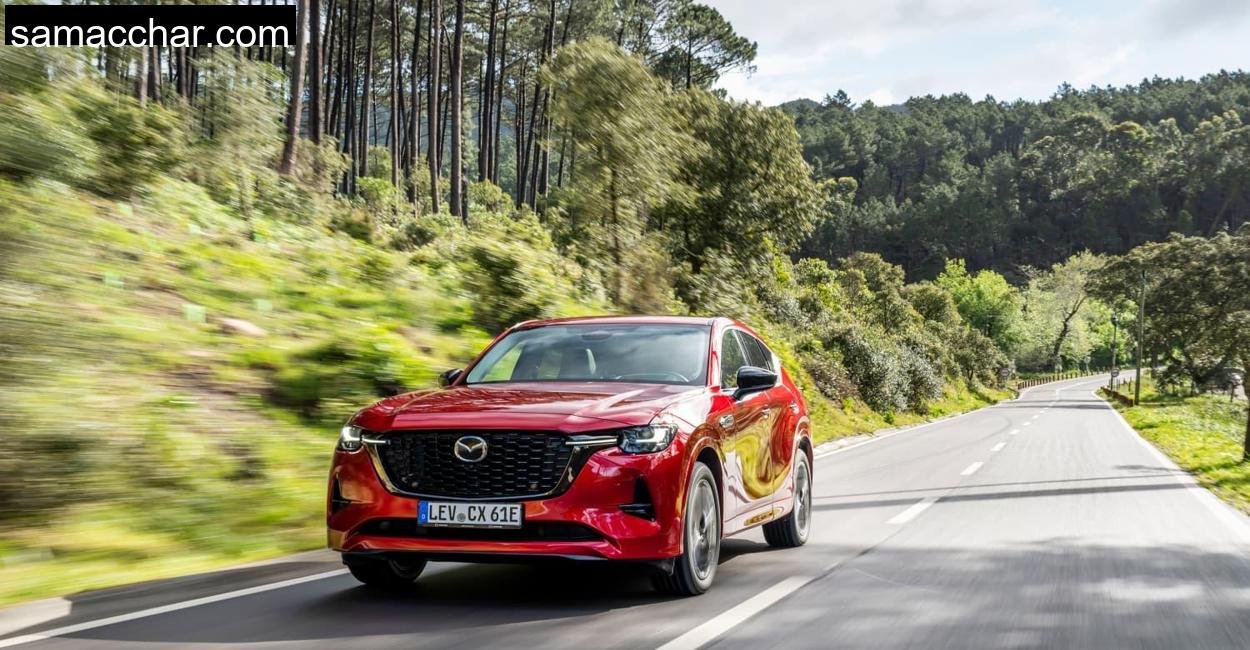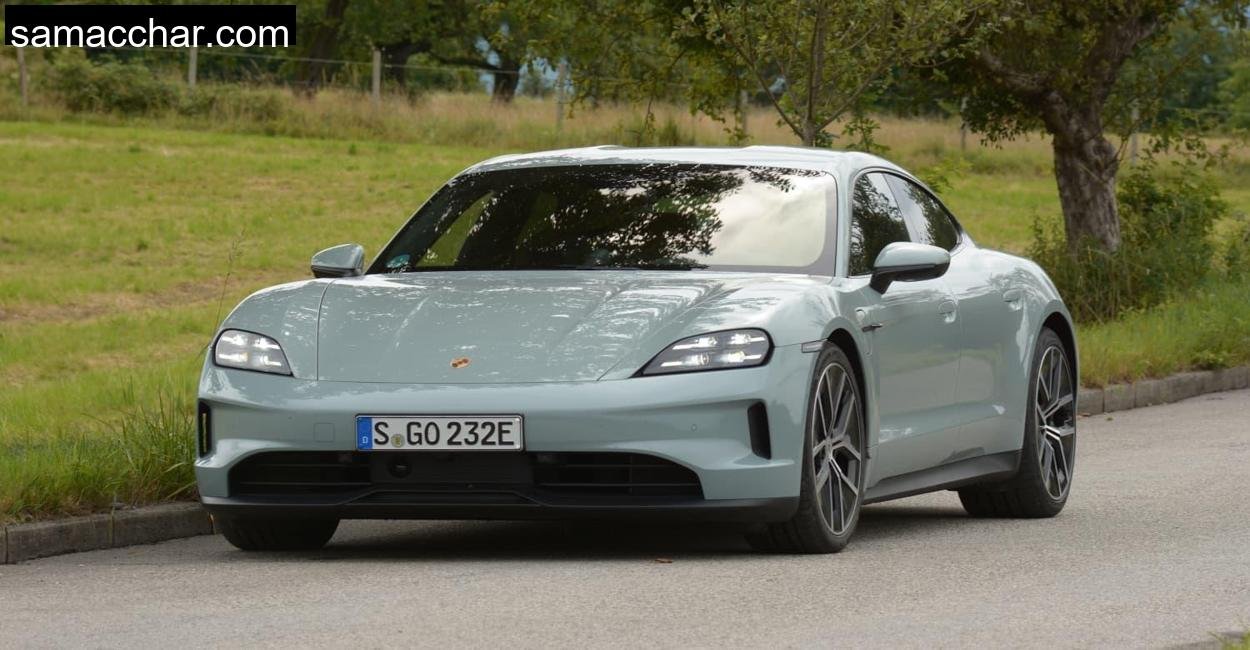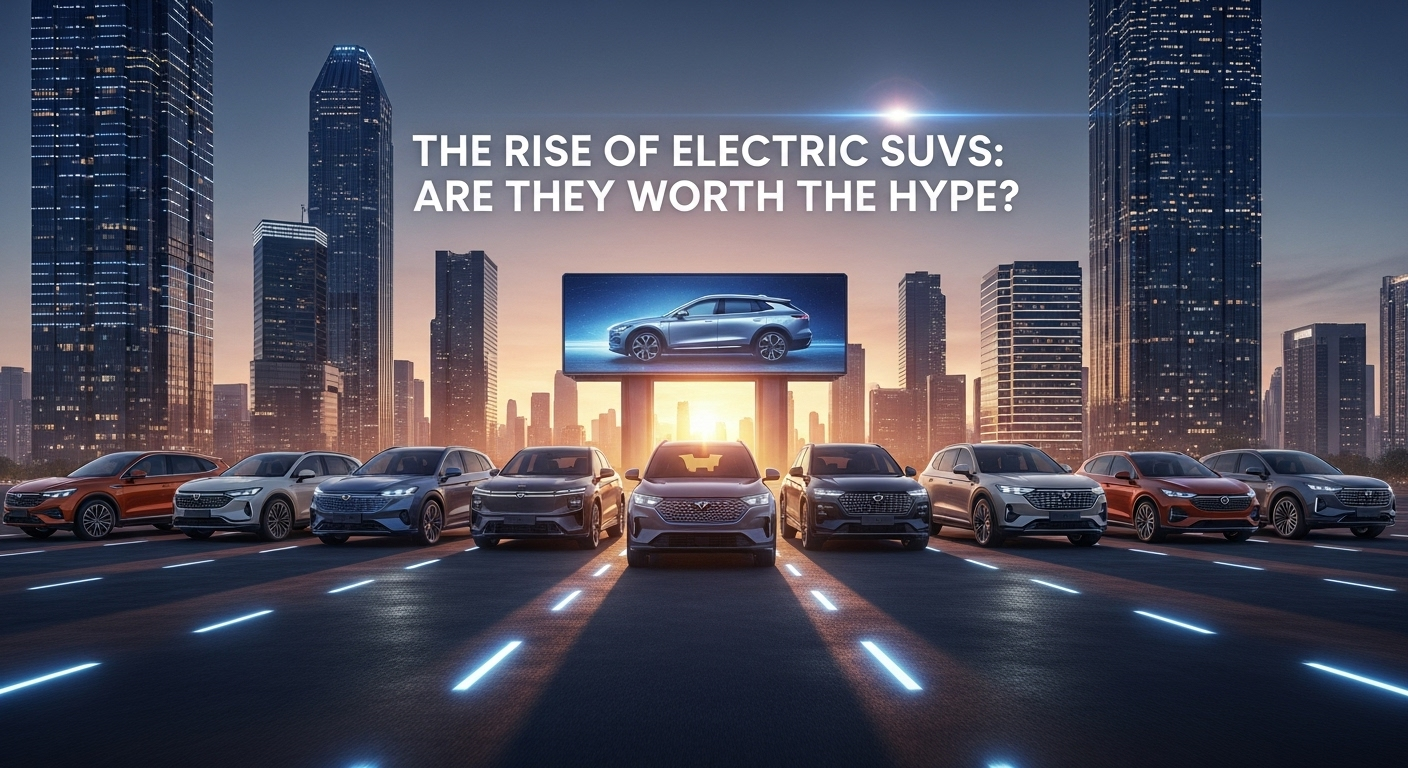CX-60: Visually a Typical Mazda
You don’t need to squint hard to realize the CX-60 is unmistakably Mazda. It carries the same narrow-eyed headlamps, five-point grille, and clean shoulder lines that have made recent Mazdas feel more sculpted than designed. From afar, it might be mistaken for a scaled-up CX-5,and in many ways, that’s exactly what it is.
At 4.75 meters long and nearly 1.9 meters wide, it commands more presence, especially when fitted with 20-inch wheels. From behind, the design tightens. Taillights slash across a flat, solid tailgate, and dual exhaust pipes peek subtly from below. The styling isn’t loud, nor is it adventurous, but it is elegant and distinctively Mazda.
Out on the Osterwald’s uneven forestry roads, the SUV’s proportions struck a strong pose against the misty backdrop, but there’s no visual deception here. It’s not pretending to be a coupe-SUV or a luxury crossover. It’s a big, planted machine, and that’s refreshing.
Interior and Operation
Step inside and you’ll understand Mazda’s new premium aspirations aren’t all talk. This isn’t the sterile, tech-first interior you might expect in 2025. The CX-60’s cabin is warm, well-tailored, and tactile in a way that German rivals often miss.
Real maple wood inlays on the Takumi trim. Nappa leather seats that grip without feeling harsh. Stitching that feels human. It’s not just beautiful, it’s comfortable. The cockpit doesn’t scream for your attention. Instead, it gently reminds you that it’s driver-focused: The infotainment screen is non-touch while moving (controversial, but deliberate), navigated through a tactile rotary controller. Classic dials are retained, and the climate control is handled via dedicated buttons.
On Osterwald’s tight roads, this familiar layout paid off. No menu-diving to change fan speed or switch between regen levels. Just tactile controls in places your hands naturally fall.
The Space in the Mazda CX-60
This is no cramped urban crossover. The CX-60’s cabin breathes. At 1.68 meters tall, with a long wheelbase, it allows even rear passengers well over six feet tall to sit comfortably. Headroom is excellent unless the panoramic sunroof is spec’d in, then you might brush your hair up top. Legroom in the rear is generous, even with the front seats slid back for taller drivers.
The trunk space is generous, too,570 liters as standard, expanding to 1726 liters with seats folded. I tested this by hauling two folding bikes and a set of outdoor gear up to the Osterwald crest. Everything fit, no creative packing required.
Rear seats split 40:20:40, and they fold flat from inside the boot, a small but appreciated usability touch. There’s no third-row option here (that’s for the upcoming CX-80), but for five people and their luggage, the CX-60 offers legitimate SUV utility.
Plug-in Hybrid: Most Powerful Drive
Let’s talk drivetrain, because this isn’t just another mild hybrid setup pretending to be electrified. Under the CX-60’s hood lies a 2.5-liter four-cylinder paired with a strong electric motor. Combined output? A meaty 327 horsepower and 500 Nm of torque.
This makes it the most powerful Mazda production car ever, yes, even more than the old rotary sports cars. But more importantly, it makes the CX-60 genuinely quick. Not blistering, but satisfyingly urgent.
The electric motor alone can push you up to 140 km/h without firing the petrol engine. In Osterwald, that meant whisper-quiet climbs through foggy inclines, with instant torque flattening the road’s steeper sections. And when the petrol engine did wake up, it did so smoothly and without any jarring transition. The eight-speed automatic helped here, it’s quick to shift but never hyperactive.
Electric-only range? Around 53 kilometers in the real world, not the WLTP fantasy. And yes, I verified it. I drove the CX-60 down the full descent into Salzhemmendorf without using a drop of petrol, and with some charge recovered on regen. Mazda quotes 17.8 kWh usable battery capacity. Charging via 7.2 kW AC took about 2 hours and 20 minutes, spot on.
Three Out of Five Stars in the Ecotest
Performance aside, Mazda’s efficiency story is a bit mixed. The PHEV does well on short trips and city commutes. But once the battery depletes, fuel consumption rises, around 8.5 L/100 km in hybrid mode and my testing supports that.
In a mixed cycle including spirited uphill pushes and lazy downhill coasting in Osterwald, I averaged 5.3 L/100 km with a full charge at the start. Emissions are well-controlled, and the lack of a gasoline particulate filter didn’t seem to affect real-world readings. Still, the overall efficiency earns the CX-60 PHEV just three out of five stars in EcoTest.
If you can charge daily and drive short distances, it’s a great low-emissions companion. But once the battery runs dry, it behaves more like a traditional SUV.
ESP Too Timid
On tight corners and wet asphalt, I pushed the CX-60 a bit harder. While it tracks confidently, there’s one glaring trait: the ESP (Electronic Stability Program) is just too laid-back.
In emergency maneuvers, like dodging a deer or a fallen branch, the rear begins to swing wide before the system decisively intervenes. It’s not unsafe, but it requires an alert driver who knows how to countersteer. Other systems, like Audi’s or BMW’s, are faster to catch and correct slides.
Straight-line stability is strong. Ride comfort is firm but never jarring, the adaptive dampers absorb the worst of Osterwald’s rough terrain, but you do feel the weight. The CX-60 is nearly two tons, after all.
The Alternatives: Six-Cylinder Diesel
Mazda didn’t stop at one drivetrain. The CX-60 also comes with a pair of mild hybrid diesels, inline six-cylinder units displacing 3.3 liters. The 200 hp rear-wheel drive version and the 254 hp all-wheel drive variant are smooth, quiet, and surprisingly efficient.
I briefly swapped into the diesel on flatter terrain. The engine’s low-end torque makes for easy coasting, especially on long downhill stretches where the motor shuts off and the CX-60 just glides silently. It averaged 6.4 L/100 km, quite good for a non-PHEV SUV of this size.
If you drive long distances or can’t charge daily, the diesel might be the smarter, more consistent choice.
Price: CX-60 Plug-in Hybrid from 47,390 Euros
The price tag starts at €47,390 for the plug-in hybrid and climbs with trims. The top-level “Takumi” or “Homura” can push over €60,000 with options. That’s BMW X3 and Mercedes GLC territory.
But Mazda includes a lot: adaptive cruise control, blind spot monitoring, 360° camera, and a generous safety suite are all standard or nearly so. Still, it’s a bold move for Mazda, a brand that traditionally competed with Ford and Hyundai.
Conclusion
The Mazda CX-60 is many things. It’s handsome, spacious, smooth, and (in PHEV form) strikingly powerful. It’s also the most ambitious Mazda yet, a serious shot at the premium SUV segment with price, finish, and features to match.
It’s not perfect. The ESP’s slow reactions and the PHEV’s thirst once the battery depletes are real limitations. But it’s also refreshingly analog in key areas: physical buttons, a rotary controller, and a natural driving feel.
In Osterwald’s twisting forest trails and open country lanes, it proved itself as more than just a badge exercise. It’s a real driver’s SUV, calm, composed, and characterful. Whether you choose the plug-in hybrid or the diesel, the CX-60 rewards with genuine usability and premium touches, even if it doesn’t quite reinvent the SUV.










